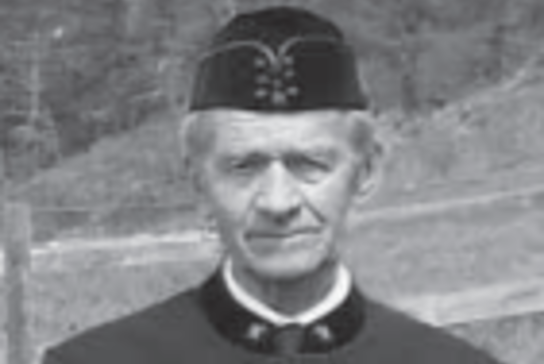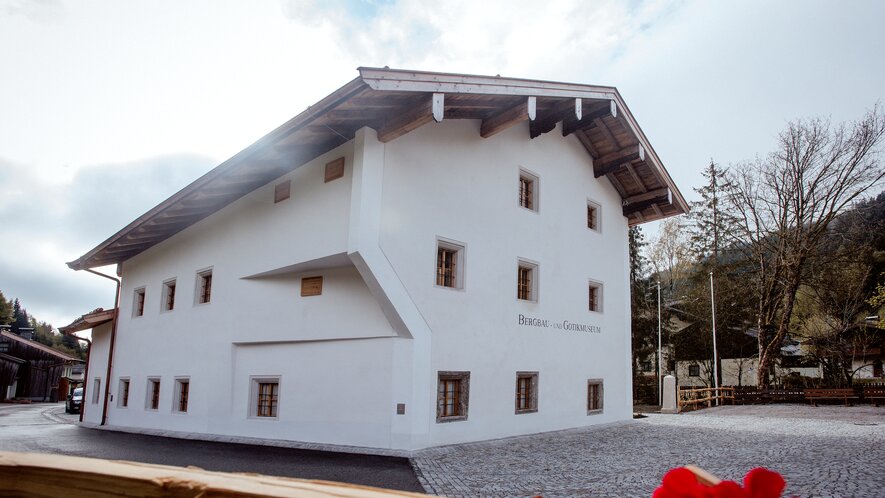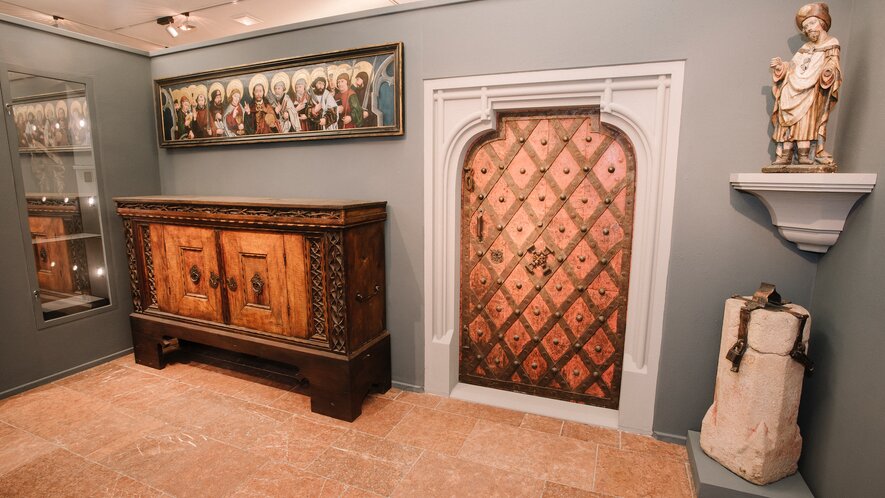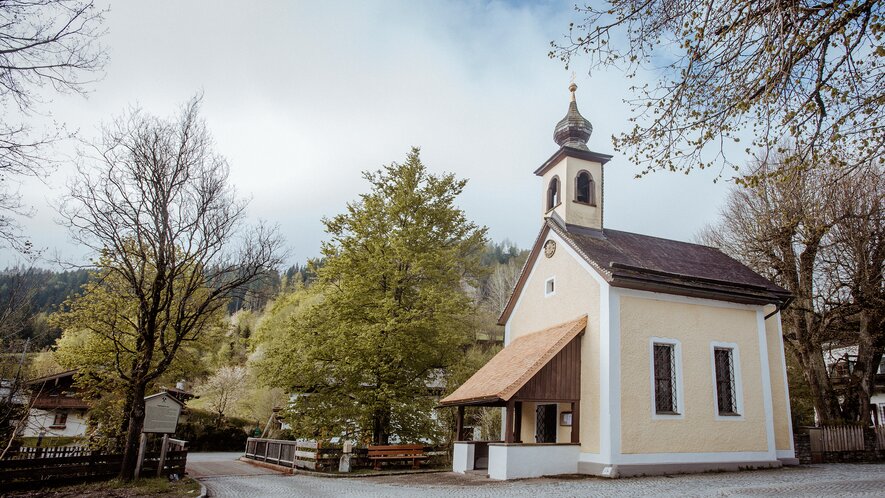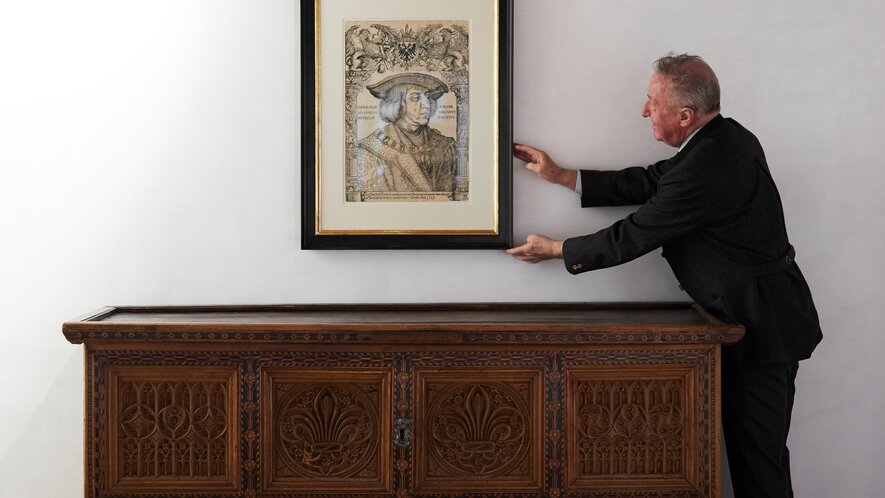"I was a miner" - memories
Almost unimaginable today and yet not so long ago: Sepp Maier tells us how he mined magnesite at Spielberg mountain in Leogang from 1950 to 1970. With his bare hands, a quite normal drill, without a protective mask and a helmet that was like a cardboard lid.
The work of that time
The mining museum and the show mine in Leogang, in the village part Hütten, remind us of the changing and thousand year old history of ore mining. Sepp Maier was one of those, who worked in the mine. In 2010, he recalled that his workplace was right at the front of the tunnel, directly on the rock: "It was hard work. Back then, you had to work your way through the hard rock with just a simple drill."
The history of mining
The first documented evidence of mining in Leogang dates back to 1425, when silver, copper, nickel, cobalt and lead ores were mined. In the 18th century, the municipality even became famous throughout Europe for its wealth of cobalt and nickel ores. Thus, it was a matter of concern for the village of Leogang to keep its own history alive - even after the end of active mining in 1970. In 1992, the Mining and Gothic Museum was opened in the district Hütten.
The mining museum
Head of the museum, Hermann Mayrhofer, did initially not own one piece of exhibit. Over the years, he has collected a number of remarkable treasures with a lot of commitment and idealism. On the one hand, the museum reconstructs the 3000-year history of the village as a mining town. In the process, not only the beauty and richness of the minerals are given their place, but also the troubles and sorrows of a life underground. On the other hand, the village is now known far beyond Austria's borders for its unique Gothic collection.
The show mine
The well-preserved, historic tunnels of the mine, which have now been converted into a show mine, also give an impression of the hard life of the miners. Follow the footsteps of Sepp Maier from the end of May to the end of October. Let yourself be guided through the manually "cut" tunnel system and experience the methods of ore mining.



